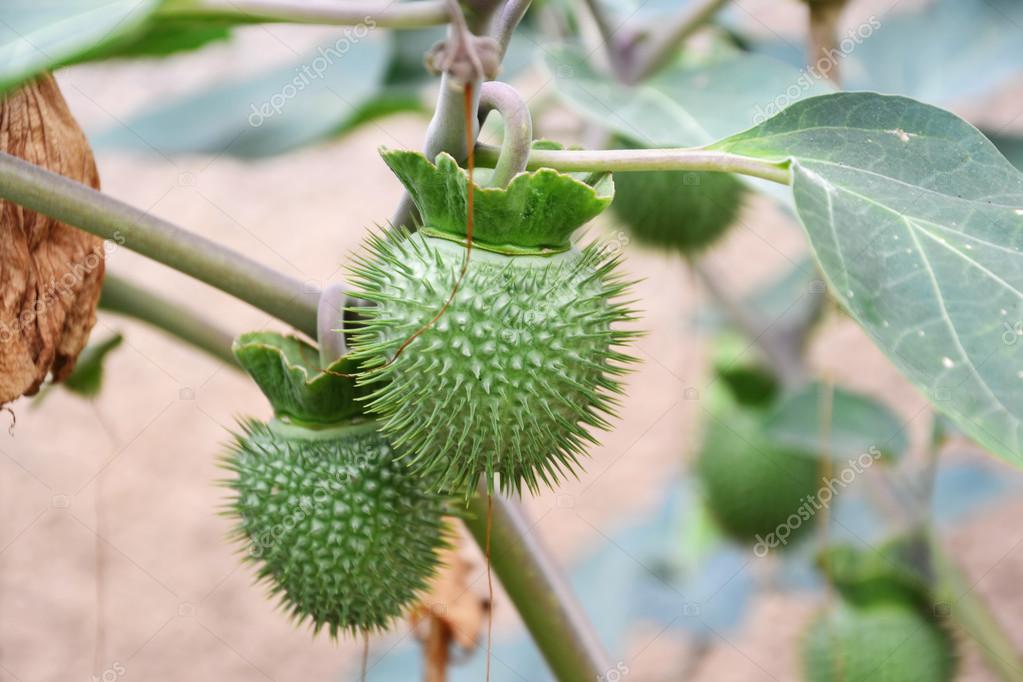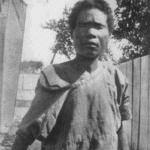Magic powder
There are a significant number of researchers who believe zombification to be an actual practice, achieved not through magic and ritual, but rather through certain powerful drugs.
In 1937, while researching folklore in Haiti, Zora Neale Hurston encountered the case of a woman who appeared in a village, and a family claimed she was Felicia Felix-Mentor, a relative who had died and been buried in 1907 at the age of 29. Hurston pursued rumors that the affected persons were given powerful drugs, but she was unable to locate individuals willing to offer much information. She wrote:
“ What is more, if science ever gets to the bottom of Voodoo in Haiti and Africa, it will be found that some important medical secrets, still unknown to medical science, give it its power, rather than gestures of ceremony.” – Zora Neale Hurston.
Several decades later, Wade Davis, a Harvard ethnobotanist, presented a pharmacological case for zombies in two books, The Serpent and the Rainbow (1985) and Passage of Darkness: The Ethnobiology of the Haitian Zombie (1988). Davis also popularized the story of Clairvius Narcisse, a man supposedly had temporarily become a zombie slave and after many years recovered is memory to tell about it.
Davis travelled to Haiti in 1982 at the request of Dr. Nathan S. Kline, who theorized that a drug was responsible for Narcisse’s experiences as a zombie. Since such a drug could have medical uses, particularly in the field of anesthesiology, Kline hoped to gather samples, analyze them and determine how they worked.
As a result of his investigations, Davis discovered that the bokor used complex powders, made from dried and ground plants and animals, in their rituals, which are introduced into the blood stream of the victim (usually via a wound).
Davis collected eight samples of this zombie powder in four regions of Haiti. Their ingredients were not identical, but seven of the eight samples had four ingredients in common:
One or more species of puffer fish
The puffer fish, which is known in Japan as “fugo”, contains a deadly neurotoxin called “tetrodotoxin”. Its pain-killing effects are 160,000 times stronger than cocaine. Tetrodotoxin drops the temperature and blood pressure, and can cause paralysis, coma or death. In Japan, some of the victims recovered a few days after being declared dead.
The symptoms of puffer poisoning have been described by Dr. Bruce W. Halstead as follows:
“Symptoms of tingling about the lips and tongue and motor incoordination usually develop within 10-45 minutes after ingestion of the fish. The tingling may later spread to other parts of the body. In some instances, the numbness may involve the entire body, in which instances the victim may feel as though he were ‘floating’. Excessive salivation, extreme weakness, nausea, vomiting, diarrhea, abdominal pain may soon follow. Twitching of the muscles, paralysis, difficulty in swallowing, loss of voice, convulsions, and death by respiratory paralysis may ensue. More than 60 percent of the victims poisoned by this fish die. There is no specific treatment or antidote for puffer poisoning.” (From: Dangerous Marine Animals by Bruce W. Halstead, Cornell Maritime Press, Cambridge, MD, 1959).
Although these fishes are highly toxic, they are regarded around the world as a delicacy. The Japanese have a passion for fugu fish (puffers in the genus Fugu), and the Chefs who prepare the fish are required to obtain special government licenses. Despite precautions, hundreds of deaths from fugu fish poisoning occur in Japan each year.
Fugu poisoning was the murder weapon in Jane Haddam’s book Murder Superior (Bantam Books, NY, 1993). It was also used to poison James Bond at the end of From Russia with Love by Ian Fleming (Berkley Books, NY, 1982).
A marine toad (Bufo marinus)

The skin of the common toad (Bufo bufo bufo) can kill – especially if the toad has been threatened. There are three main constituents in toad’s venom – biogenic amines, bufogenine and bufotoxins. One of their many effects is that of a pain-killer – far stronger than cocaine. Boccaccio’s medieval tale, the Decameron, tells the story of two lovers who die after eating a herb, sage, that a toad had breathed upon.
A hyla tree frog (Osteopilus dominicensis),
which secretes an irritating (but not deadly) substance.
Datura stramonium (Jimsons Weed, Angel’s Trumpet, Brugmanisa candida)

Datura contains the chemicals atropine, hyoscyamine and scopolamine, which can act as powerful hallucinogens in the appropriate doses. They can also cause permanent memory loss, paralysis and death.
Other substances from various toxic animals and plants, including millipedes and tarantulas, the skins of poisonous tree frogs, seeds and leaves from poisonous plants are also mentioned. However, pharmacologists have tested samples of the alleged powder on several occasions and found little or no poison in them.
Salt and Zombies
According to Haitian folklore, feeding salt to a zombie will return it to its senses. Often the zombie then attacks the bokor who created it or returns to its place of burial and dies. Ironically, tetrodotoxin works by blocking the sodium channels in muscle and nerve cells. However, there is no known cure for tetrodotoxin poisoning, and the amount of sodium in a few grains of salt is unlikely to have any physiological effect on a poisoned person.
Davis’s claim has been criticized for a number of scientific inaccuracies. One of these is the unlikely suggestion that Haitian witch doctors can keep “zombies” in a state of pharmacologically induced trance for many years. Davis’s theory is that culture and belief cause some Haitians to believe that they are zombies after recovering from the powder’s effects, moreover the use of datura by causing amnesia will enhance a victim’s belief that a real transformation has taken place.
Scottish psychiatrist R. D. Laing further highlighted the link between social and cultural expectations and compulsion, in the context of schizophrenia and other mental illness, suggesting that schizogenesis may account for some of the psychological aspects of zombification.
The following six part video titled “Investigating the Haitian Zombie” is Hamilton Morris’s quest in Haiti to discover the secrets of zombification and the poison’s formula to do a formal chemical analysis. Hamilton Morris is a journalist and science editor for Vice magazine where he travels around the world to investigate unusual psychoactive drugs. Check out these interesting videos for a visual of his adventures while trying to understand the process of zombification in Haiti:








